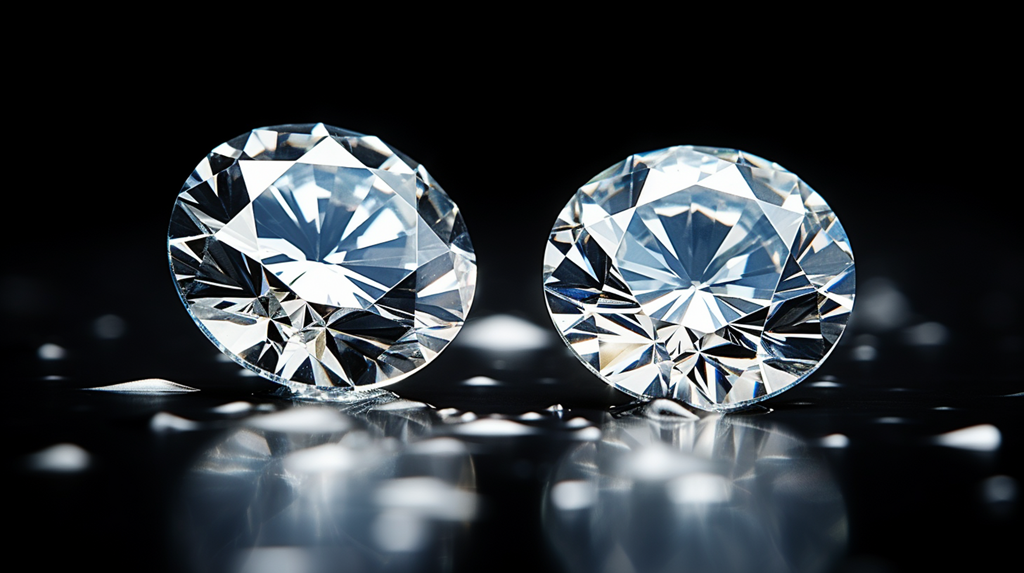
In the heart of London’s renowned Hatton Garden, a quiet revolution is underway within the jewelry industry. Traditionally known for its exquisite craftsmanship in natural diamonds, this historic district is now embracing a new era marked by sustainability and innovation. Enter the age of lab grown diamonds London, where ethical considerations and environmental consciousness intertwine seamlessly with luxury and beauty.
Lab-grown diamonds, often referred to as cultured or synthetic diamonds, are created through advanced technological processes that replicate the natural conditions under which diamonds form in the Earth’s crust. This innovation allows for the production of diamonds that are chemically, physically, and optically identical to mined diamonds, yet with a significantly smaller environmental footprint. As concerns over the environmental impact of mining have grown, particularly in sensitive regions like Africa and parts of Asia, consumers and jewelers alike are turning to lab-grown diamonds as a responsible alternative.
Hatton Garden, with its centuries-old legacy in jewelry making, is adapting to this shift towards sustainability with characteristic British pragmatism. Established jewelers, once reliant solely on natural diamonds, are now incorporating lab-grown diamonds into their collections. This move not only broadens their offerings but also aligns with changing consumer preferences. Millennials and Gen Z, in particular, are driving the demand for sustainable and ethically sourced products, including lab-grown diamonds London.
One of the key advantages of lab-grown diamonds lies in their traceability. Unlike natural diamonds, whose origins can be murky due to the complexity of supply chains, lab-grown diamonds can be tracked from their creation in a laboratory to their place in a piece of jewelry. This transparency appeals to conscientious consumers who wish to know the exact journey of the products they purchase, ensuring they are free from conflict and environmental degradation.
Moreover, the quality and aesthetic appeal of lab-grown diamonds have reached new heights in recent years. Initially used primarily for industrial purposes, technological advancements have enabled scientists to produce larger, higher-quality gemstones suitable for jewelry. Today, it’s often impossible to distinguish between a natural diamond and its lab-grown counterpart without specialized equipment. This parity in appearance and quality has emboldened jewelers in Hatton Garden to showcase lab-grown diamonds alongside mined diamonds, offering customers a wider range of choices without compromising on beauty or durability.
The economic benefits of embracing lab-grown diamonds are also noteworthy. By reducing reliance on mined diamonds, jewelers can potentially stabilize their supply chains and mitigate the price volatility often associated with natural diamonds. This stability fosters a more predictable market environment, benefiting both businesses and consumers alike.
As London jewelers increasingly integrate lab-grown diamonds into their designs, they are reshaping the narrative of luxury and sustainability within the industry. The once-exclusive realm of natural diamonds is evolving to embrace innovation and responsibility, reflecting broader societal shifts towards environmental stewardship. This evolution positions Hatton Garden not only as a historic hub of craftsmanship but also as a forward-thinking center where tradition meets progress.
In conclusion, the rise of lab-grown diamonds in Hatton Garden represents a pivotal moment in the jewelry industry’s history. It underscores London’s commitment to sustainability and ethical practices while preserving its reputation for excellence in jewelry making. As consumer awareness grows and preferences evolve, lab-grown diamonds London are poised to not just take center stage but to set a new standard for luxury that is as ethical as it is beautiful.
